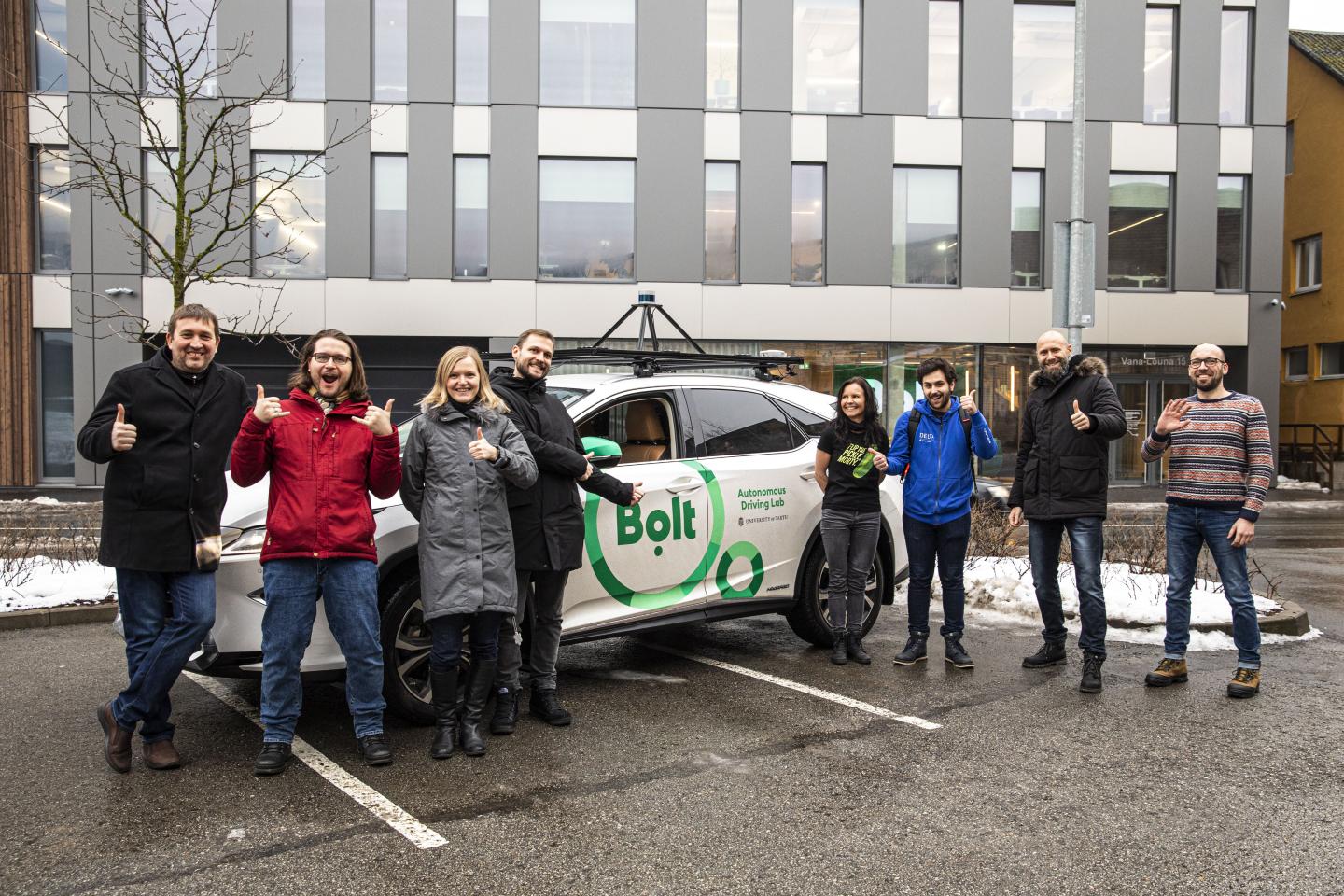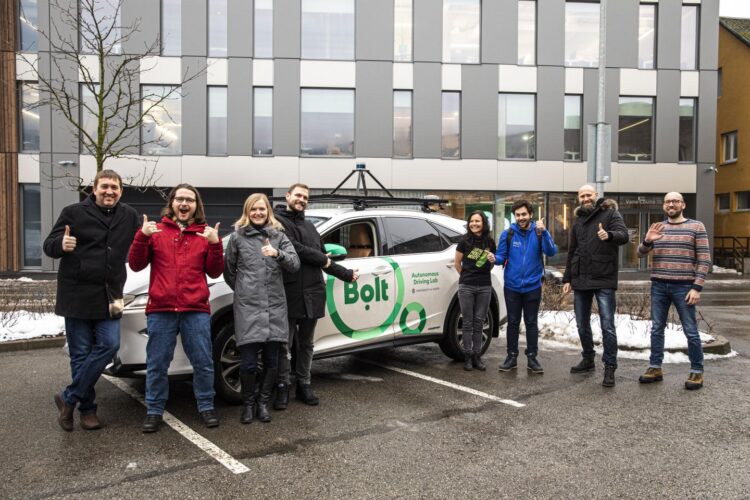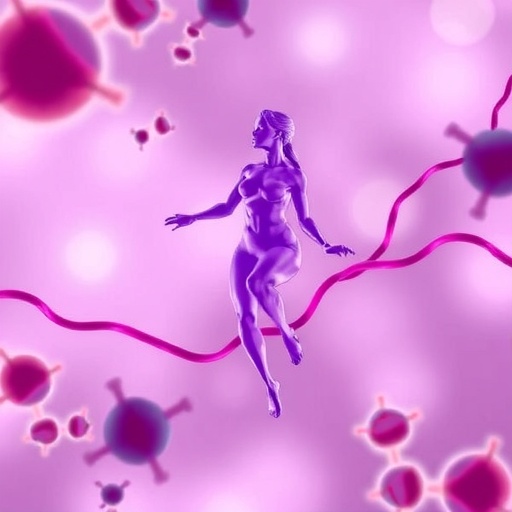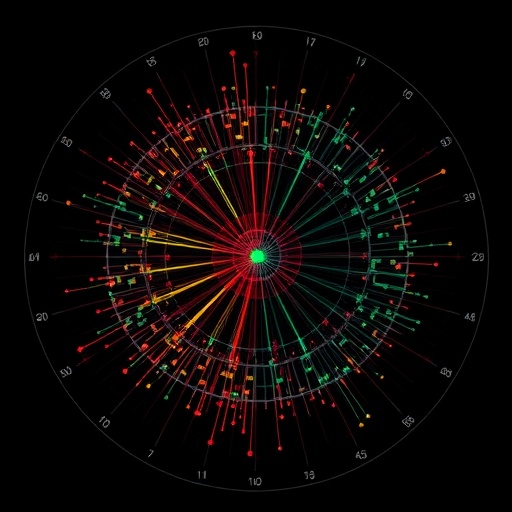
Credit: Mathis Bogens/Bolt
On 21 April, the University of Tartu and Bolt signed a significant agreement to expand collaboration in the development of autonomous vehicle technology. The Institute of Computer Science will considerably enlarge the autonomous driving technology research group, creating better opportunities for research, development and innovation in this field and for the practical training of students.
The five-year agreement aims to further develop the technical capabilities of the current Autonomous Driving Lab in the area of AI, maps and algorithms, create better conditions for connecting technology to urban traffic infrastructures, bring more students and researchers into the field, and enhance collaboration with various partners in Estonia and internationally to develop and validate new ideas. This is the largest cooperation agreement ever concluded between Estonian universities and the private sector without external public funding.
According to Rector of the University of Tartu Toomas Asser, the agreement is a good example of how researchers’ collaboration with businesses supports the university’s objectives. The powerful advancement of this rapidly developing field encourages a surge in the volume of research and teaching, and helps implement the cooperation model between the university and the business sector. The further development of an experimental platform enables enterprises to assess the performance of autonomous driving technology and foster the skills of students as future specialists.
“The self-driving test car currently driving in the centre of Tartu is a good and visible example of the cooperation that has provided researchers and students of different faculties, as well as enterprises with the possibility to develop autonomous driving technology,” said Asser.
Rain Johanson, Chief Technology Officer of Bolt, said that ongoing cooperation with the University of Tartu is a great opportunity to develop world-class technology. “The University of Tartu has extensive knowledge, experience, and means to work out and develop innovative solutions for the future. In addition, Estonia has ideal climate and supportive laws to test autonomous driving technology,” said Johanson.
According to the chief technology officer, people’s needs for different means of transport are growing, making self-driving vehicles an excellent alternative to the current modes of transport. “To use innovative solutions in the future, however, the technology as well as the infrastructure and the legal environment requires advancement. Through this agreement, we hope the new generation of top-level experts will vigorously move the field forward,” Johanson added.
Jaak Vilo, Head of the Institute of Computer Science, explained that autonomous driving vehicles require a variety of software solutions, including maps for the vehicle’s location, destination and trajectory planning as well as the intelligence of the vehicle itself. The car needs to analyse the camera, radar, lidar and sensors, in order to detect the surrounding situation and make decisions. The different components of the software should be able to communicate with each other while ensuring reliability and safety.
“Thanks to the agreement, we will significantly enhance our cooperation, open a new professorship, recruit scientists, doctoral and graduate students. The expanded research lab will also be open to other interested parties to validate ideas, develop new technological solutions and conduct experimental projects. In addition, many more students will directly benefit from it, as we will prepare new courses and provide an internship base to them so they could become top-level professionals,” said Vilo.
The collaboration between Bolt and the University of Tartu Institute of Computer Science has previously received a grant from the Archimedes measure “Support for applied research in smart specialisation growth areas”, which is available for use from May 2019 to August 2021.
###
Media Contact
Jaak Vilo
[email protected]






